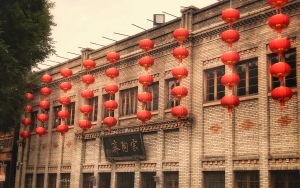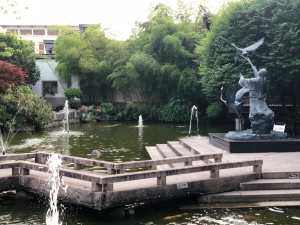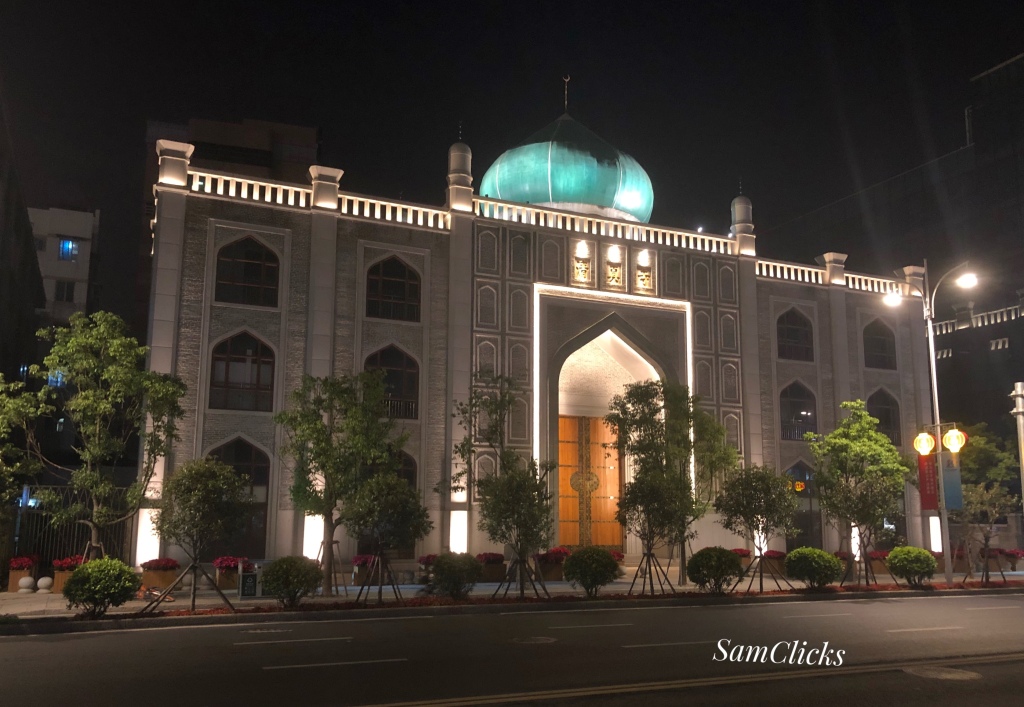Fuzhou: A fortunate surprise

Fuzhou was not really in my bucket list. To be honest, I hardly knew about this city, like most of the travellers and even more of the tourists. This, despite it being the capital of Fujian province and one of the biggest cities in South China- my neighbourhood for last 8 years now.

But one fine day I found myself in Fuzhou. I had just spent a few days in Yongding county famous for its community houses called Tulous whom the USA mistook for nuclear reactors at the height of Cold War. (You can read about my travels to Tulous here). Next in line was Xiapu, beautiful beyond words for its scenic mudflats and life on the sea- with entire villages on sea! (My Xiapu Mudflats memories are here). And the road connecting them passed through Fuzhou making me wonder why not give the city a chance as well!
And lo and behold: It turned out to be one of the best of the decisions I had made in ages! Here I was in a city with a history of over 2200 years with the first settlements recorded here in 2nd century BCE!

And then there is over 1400 years old Sanfang Qixiang- roughly translated as the “three lanes and seven alleys” aka Beverly Hills of Imperial China! This one complex, slightly over 40 hectares in total area, founded in Tang Dynasty (618-907) and inhabited ever since is what over 400 of Imperial China’s the richest and most powerful men called home. Sadly, men alone as I found no mention of women despite repeated ‘family houses’.

Talk about the man who sparked the First Opium War, Lin Zexu, a Qing official, Yan Fu, a Chinese scholar who translated Darwin’s theory of natural selection in Mandarin or Bing Xin who translated our own Gurudev, Ravindranath Tagore: they all called this complex home!

Ironically, many of these historic houses had been abandoned and become subdivided squatter homes before their restoration in late 2000s, a telling comment on the power of time.
I had entered the complex doubting the famous saying that “One Sanfang Qixiang equals half of China’s modern history,” kept returning to it fully convinced. Exploring the lanes and alleys throughout the day and then a couple of drinks in one of the bars dotting An Tai Canal, marking the boundary of the Sanfang Qixiang.
Then there is a majestic manmade lake West Lake- excavated in 282 A.D. by Yan Gao (Yán Gāo 严高), an official of Jing Dynasty. Yeah, in 282 A.D.! Go to the lake in the morning and it would be a riot of colours both on the water turned golden by the morning rays and people: People practicing Tai Chi, aunties learning ballet in groups, the elderly reading, couples on morning walks! Name it! They are there! And true to Chinese quirks when it comes to traveling- they have built a Dinosaur Park at one corner of the lake! Believe it or not, I could not hold myself back from getting clicked with one of them!

Fuzhou has so much more to offer, sadly the small boy from Babhnan was short on time. So he passed by the majestic mosque so many times, yeah Islam is not banned in China despite whatever morons claim! In fact one of the most happening places I have ever been to in China is the Muslim Quarters of Xi’an with a huge, centuries old mosque that looked more a pagoda than a mosque!!

There is Drum Mountain in Gu Shan revered for its Buddhist Temple at the top, about half an hour away from the City Centre. In the very centre of the city are 3 mountains and a lake- which actually is a river Min!

Do try to steal a visit to China Shoushan Stone Museum for having a rare look at Shoushan stones and understand its history- how they are mined, carved and so on. These stones, also called agalmatolite are rare treasures and one carved stone may fetch millions of dollars in today’s market.
Of course the small boy from Babhnan could not squeeze the last two in his sojourn in Fuzhou. Mudflats in Xiapu were calling him. As it is, one life is never enough to see it all, but Fuzhou is close enough for a second visit!
See you again, Fuzhou, and you too, mates, perhaps in Fuzhou!
http://www.a-to-zchallenge.com/2020/
https://www.facebook.com/events/280869735882853/


Loved traveling to Fuzhou through your pictures and words. The place surely has a lot to offer to the visitors!
LikeLike
It’s worth a visit for Sanfang Qixiang alone! 1300 years of living history- was so fortunate to find it accidentally!
LikeLiked by 1 person
Your travel diary has an amazing way of falling in love ! Good read.
LikeLike
Thanks a lot 🙂
LikeLike
What a traveller you are. I’m visiting a new place every single day. China has never been on my travel list. Mainly because I’m a veg and I’m wary of the food it would offer. Do you think there’s scope for us??
LikeLike
Seems I forgot to add that part- I am a veg too! (Though I can switch over to any gravy if nothing else is available, but China in general and Fujian province in particular have a lot of veg options!) Fujian (Of which Fuzhou is the capital) is actually most veg friendly Chinese province I have found till now – and I have been in over 20 of them already!
LikeLike
Oh…That’s great then. Someday maybe.
LikeLike
I really wanted to visit China some day, don’t know when that day will come now.
LikeLike
beautiful photo tour of this chinese city. After so much gloom that we have received from the country, this post came in as a heart soother and an eye candy
LikeLike
Well, this turned out to be quite an informative post. I had never even heard of Fuzhou, and I’m glad I read this post.
Thanks for the details and the wonderful pics. Maybe one day I’ll be there in person. 🙂
Best wishes for the rest of the A2Z.
LikeLike
Happy that you liked it! And I am sure you will go there, I knew the name of the city very well but never intended to! It just happened to fall right in the middle of two destinations and I ended up there, not knowing what I was missing- like most of the backpackers!
LikeLike
The sudden joys of life. 🙂
Hopefully, I will go.
LikeLike
Sounds like there were a lot of interesting things to see in Fuzhou. Weekends In Maine
LikeLike